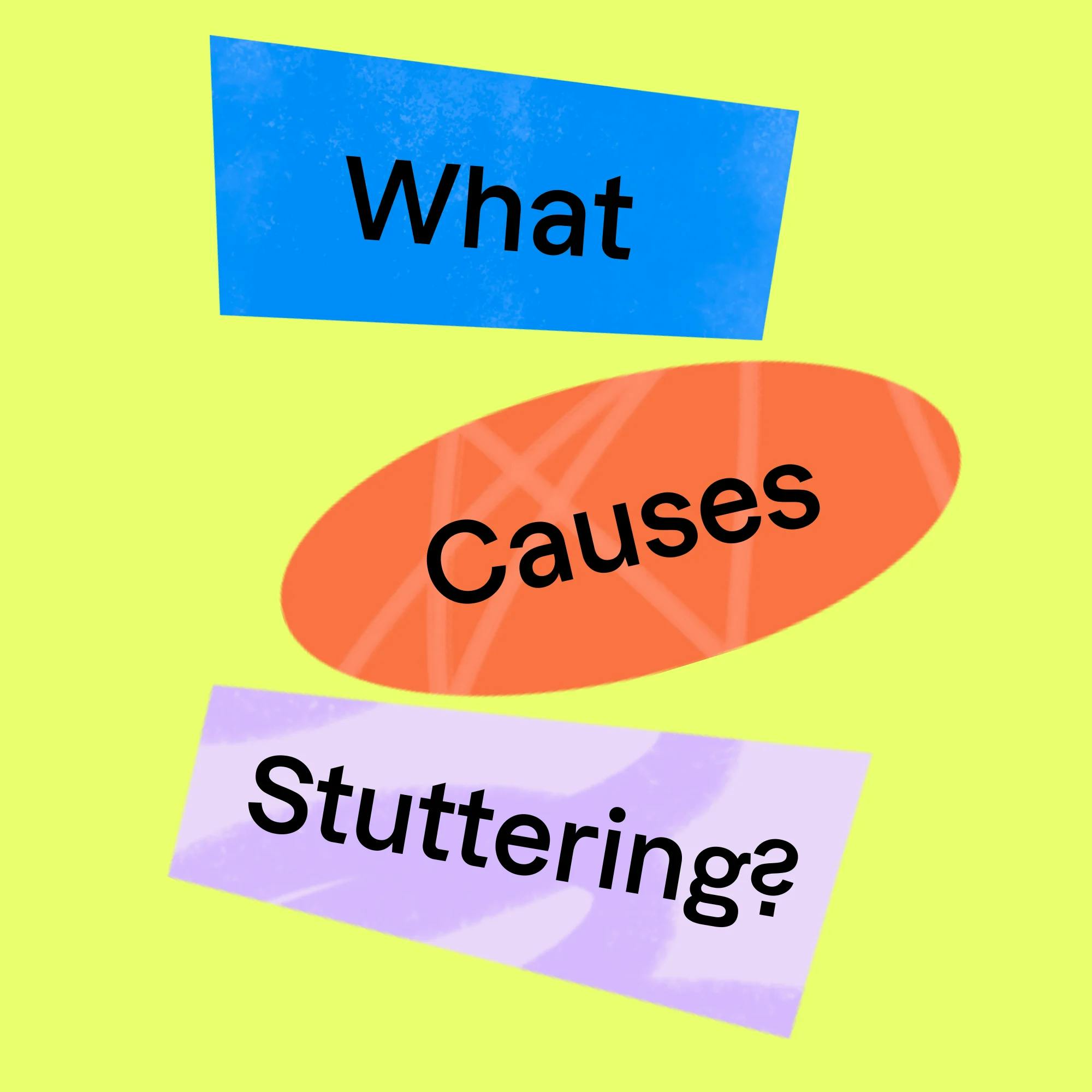How Not to Stutter When You’re Nervous
Say you’re preparing to speak in front of others or hold an important conversation. If your heart starts to race, your breath grows short, or your stomach aches, you are not alone. Research shows that about 60% of adults who receive speech therapy for stuttering also experience social anxiety. That’s compared with just 6.8% of the general population. Although anxiety isn’t the root cause of stuttering, feeling worried that you might stutter can affect the smoothness of your speech. Anxiety and fear of public speaking creates a feedback loop, where fear of stuttering leads to increased tension associated with speech.
Now, here’s the good news: There are techniques you can use to break this cycle and manage your stutter.
But before we get to those, let’s explore that feedback loop in more detail.People who stutter may grow to fear speaking in front of others. Many worry that their stuttering will hurt their career or their social life.
Those negative thoughts and beliefs associated with a stutter can actually lead to increased stuttering. People may then avoid situations in which they’ll have to talk.
When you feel anxious that you might stutter, that’s your nervous system telling you that speaking in front of others doesn’t feel safe. The brain remembers negative experiences and associates painful memories with stuttering.
That means we need to retrain the brain so that our nervous system recognizes speaking as a positive experience, one that leads to human social connection. It helps to understand what’s happening in your body when you feel anxious about stuttering.
Our body’s autonomic nervous system is responsible for automatic, involuntary bodily functions, such as our heart rate and breathing. It also activates the “fight, flight, or freeze” response. When we perceive a stressor, our nervous system becomes activated. Stress hormones such as adrenaline and cortisol are produced. Our heart rate increases, our blood pressure rises, and our lungs can hyperventilate.
Your nervous system doesn’t recognize the difference between having to make a public speech and coming into contact with a tiger. If you’re a person who stutters, when you’re standing in front of a group of people or preparing to make a phone call, your nervous system might respond.
Now, back to the good news. There are techniques you can use to help calm your nervous system and create positive experiences when you speak. The best way to learn these is to work with an experienced speech-language pathologist. But here’s a look at 4 ways to manage a stutter when you’re nervous.
First, consider joining a stuttering support group. Find a community of individuals who understand the challenges you’re going through. It’s helpful and healing to know that you aren’t alone. Second, try using breathing techniques to reduce anxiety. Many people who stutter, and people with anxiety, tend to take quick, shallow breaths, which doesn’t allow enough oxygen to enter the body. The breath is also what turns the voice on! There are many different breathing techniques, and what works for one person may not work as well for another. My tip is to inhale through the nose, then exhale through the mouth, increasing the length of the exhalation. That exhale is what calms the nervous system down. Third, when you’re experiencing fear and anxiety, allow your body to shake and move! Rather than holding adrenaline in and creating more tension in your muscles, allow the adrenaline to move through your body. This will release tension, which will allow your breath to move freely. Finally, work to slow down your speech rate. A speech therapist can teach you effective techniques to slow your speech and manage a stutter. Thesetechniques include:
Cancellations
Pullouts/ease outs
Easy onsets
Light contact
Stretched syllables
Slow speech, and
Syllable-timed speech
Working with a licensed psychotherapist or counselor, along with a qualified speech therapist, can help you manage your anxiety related to stuttering. That way, you can better experience the positive effects of connecting with others through speech.





